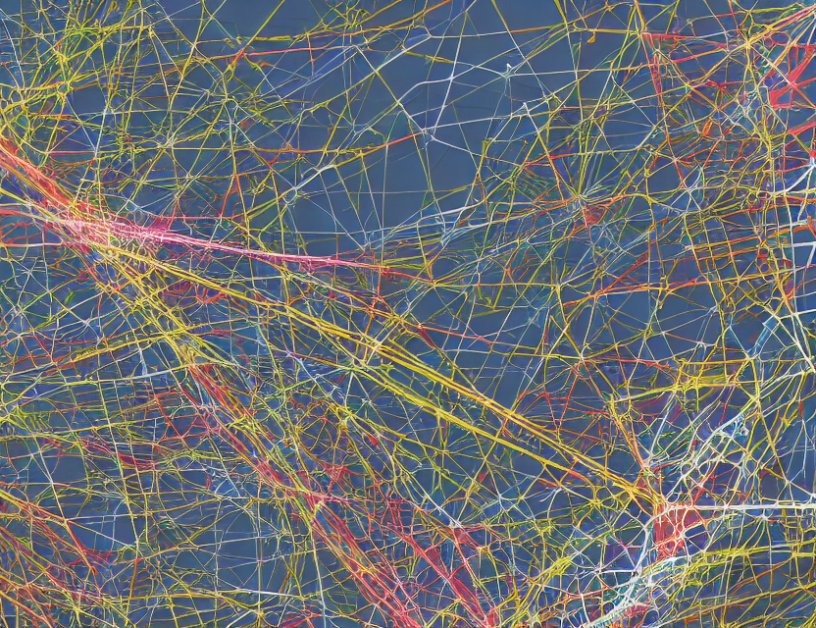In this article, the authors provide a comprehensive survey of CRFs (Conditional Random Fields) in sequence labeling tasks. They explain that CRFs are probabilistic graphical models that can capture sequential data by considering contextual information. The article highlights the versatility of CRFs in various domains, including natural language processing, computer vision, and trajectory prediction.
The authors begin by explaining the basic concept of CRFs and how they differ from other machine learning models. They describe how CRFs can incorporate more labels in the data, enhancing the performance of deep learning models. The article then delves into the applications of CRFs in different domains, highlighting their effectiveness in capturing complex dependencies between different intentions in pedestrian trajectory prediction.
To further illustrate their capabilities, the authors present an ablation study on the ETH/UCY dataset, demonstrating the improvement in performance when adding CRF loss to a state-of-the-art model. They also compare the performance of their proposed S-STGCNN model with other state-of-the-art models, showcasing its superiority in capturing sequential data.
Throughout the article, the authors use engaging metaphors and analogies to demystify complex concepts. For instance, they explain how CRFs can be thought of as a "map" that guides the model to make more informed predictions by considering contextual information. They also liken the process of incorporating additional labels in CRFs to adding more "stops" to a train journey, enabling the model to capture more nuanced aspects of the data.
In summary, this article provides a detailed overview of CRFs and their applications in sequence labeling tasks. By using everyday language and engaging metaphors, the authors successfully demystify complex concepts, making the article accessible to a wide range of readers.
Computer Science, Computer Vision and Pattern Recognition
Enhancing Trajectory Prediction with Probabilistic Graphical Models: A Comprehensive Study



